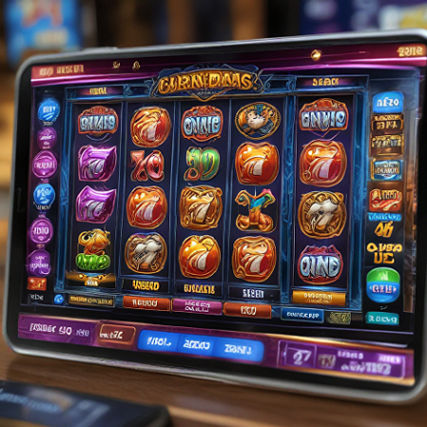
To win more new players, online casinos are constantly developing new features, with the welcome bonus (velkomstbonus) offer particularly standing out. New players are included with free spins, free play credits, or deposit-matched bonuses.
Bonuses are crafted to provide a warm reception while illustrating the customer value proposition. For operators, a welcome offer that does not resonate with players’ expectations is a missed opportunity. Are new player accounts opened with free spins? That offers a glimpse.
High-Value Offers That Deliver Real Engagement
One of the most effective welcome bonus strategies is the introduction of generous % deposit match bonuses, maiden free spins, & other bonuses that are not locked behind complex wagering requirements.
Players seem to greatly appreciate a bonus that is not only straightforward but also instant. Their gaming experience gets augmented with instant access offers. Instant free spins on popular games and other games are sure to delight players.
It is this instant bonus thrill that attracts most players. Supporting player accounts helps the business as well with retention, brand loyalty, and advocacy rewards that are ever more critical in a saturated online gaming landscape.
Assigning greater levels of productivity is a win-win outcome for operators and players.
Clear Terms and Transparency
Casinos that communicate wagering requirements, game limitations, and time limits tend to see happier players. Player dissatisfaction and low perceived bonus value may result from inexplicit or opaque conditions.
Building and maintaining trust with players, and advocating for responsible gaming, clarity in wagering requirements, time limits, and bonus activation restrictions will surely ease erosion and the proliferation of gambling harm in society.
Personalized and Tiered Welcome Offers
Some gambling operators allocate additional resources to differentiate welcome bonuses for various player types. New players who enjoy spinning reels might get awarded free spins, whereas those who enjoy table games may get deposit bonuses targeted for blackjack and roulette.
Such bonuses that are awarded in stages over time as players interact with the platform to maximize engagement will also drive long-term retention from bursts of engagement.
Strategies That are Non-Functional
On the other hand, a welcome bonus that is overly complicated or designed to be gimmicky and superficial is likely to underperform compared to expectations.
Allurements that are concealed behind a set of conditions, such as making a large deposit to secure a bonus that is paltry or that are constrained by overly outdated wagering conditions, will most likely repel players.
Bonuses that fail to provide the incentive to fully explore the platform rather than just one game tend to generate shallow engagement. Online casinos that do not consider the experience of the players and focus exclusively on flashy marketing tend to lose their credibility and retention rate.
Balancing Excitement with Strategy
There is definitely a lesson here for online casinos, and that is about equilibrium. Welcome bonuses should not only be thrilling but also simple and designed around the user experience.
Online operators that offer bonuses with generous conditions and articulate expectations are more likely to drive loyalty and retention than other companies.
The online casino sector is more competitive than ever, and smart welcome bonus strategies will continue to shape player engagement and the success of the brand.

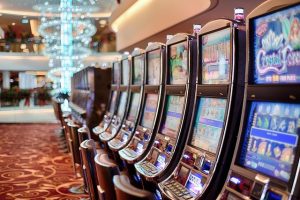

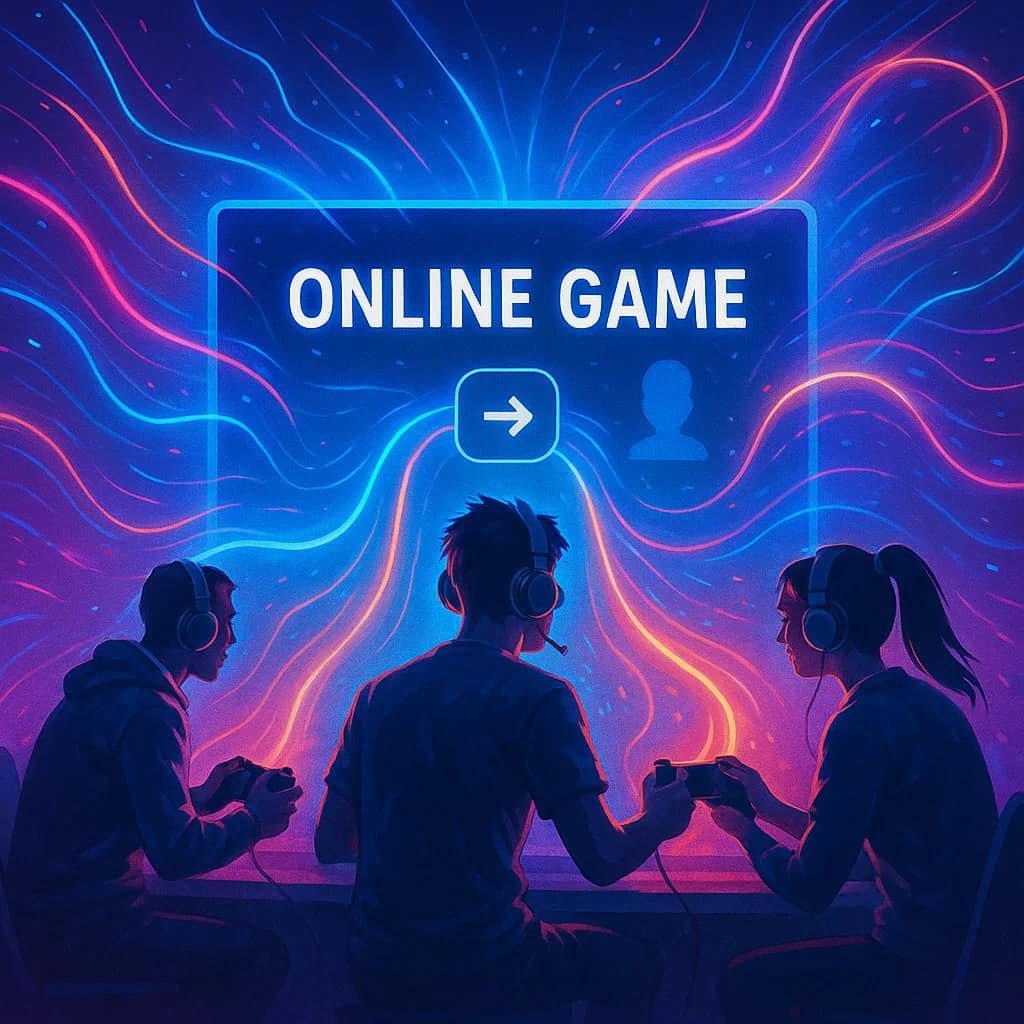
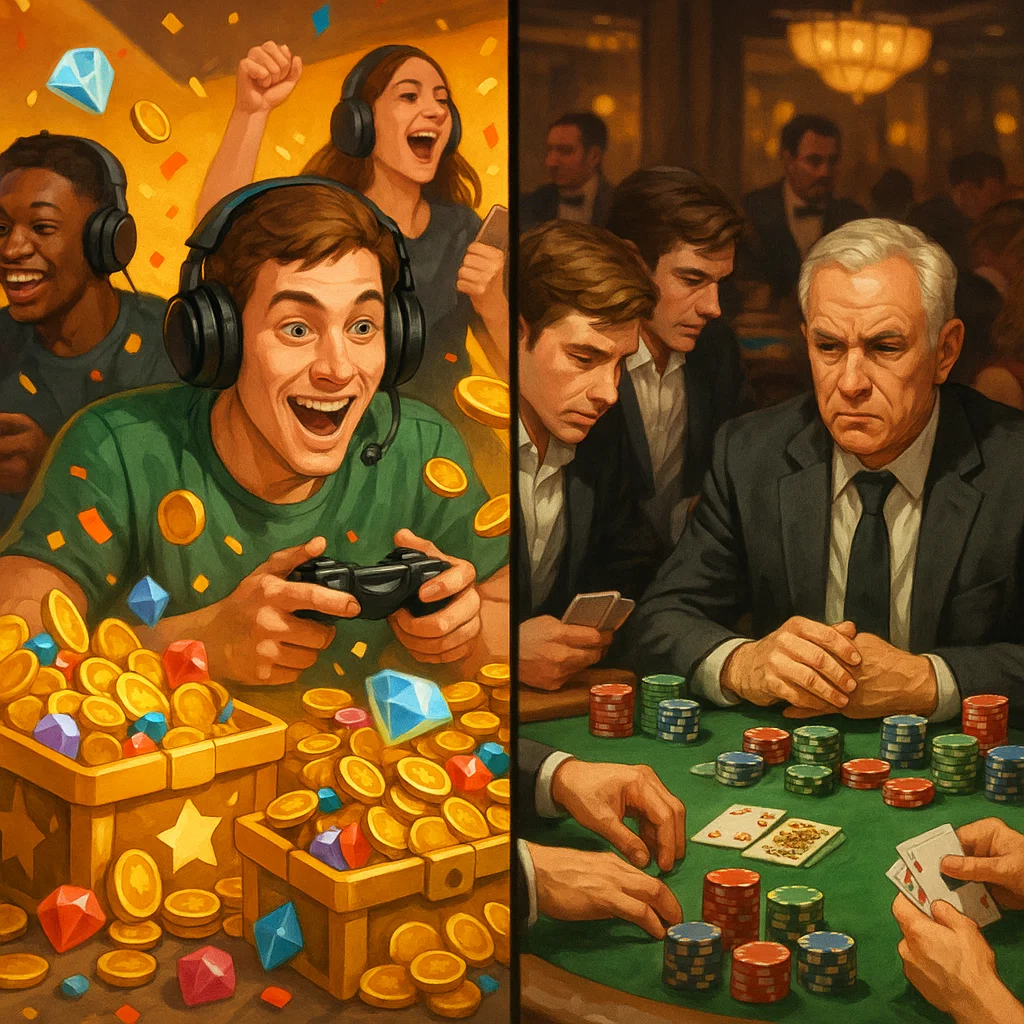

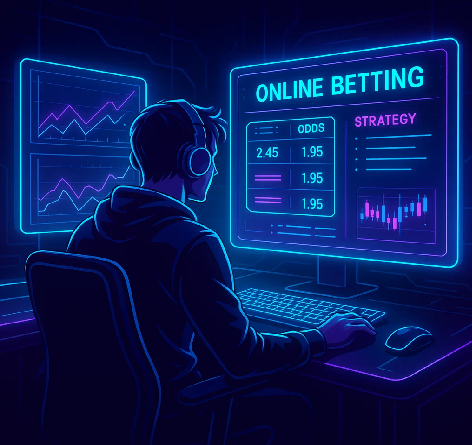

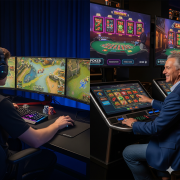 Twitch and similar streaming platforms caused esports to boom all over the world. Notable additions are being made by casinos:
Twitch and similar streaming platforms caused esports to boom all over the world. Notable additions are being made by casinos:
 Over 3.2 billion people worldwide play video games. This staggering number highlights a massive shift in entertainment trends, with younger audiences spending more time gaming than ever before. Online casinos have taken note of this change. Many platforms now design experiences that feel closer to gaming than traditional gambling. One standout example is 26M casino, which offers a hybrid game library combining elements of esports, arcade games, and slot machines. This strategy aims to capture the attention of a new generation of players.
Over 3.2 billion people worldwide play video games. This staggering number highlights a massive shift in entertainment trends, with younger audiences spending more time gaming than ever before. Online casinos have taken note of this change. Many platforms now design experiences that feel closer to gaming than traditional gambling. One standout example is 26M casino, which offers a hybrid game library combining elements of esports, arcade games, and slot machines. This strategy aims to capture the attention of a new generation of players.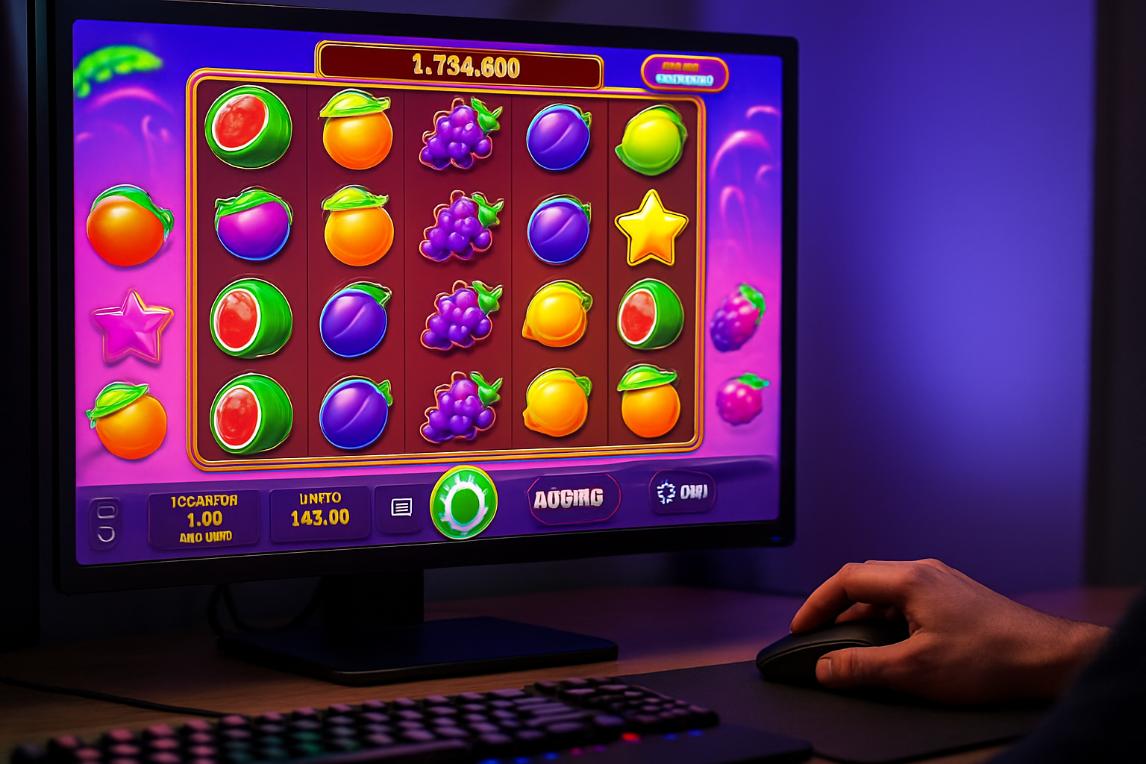
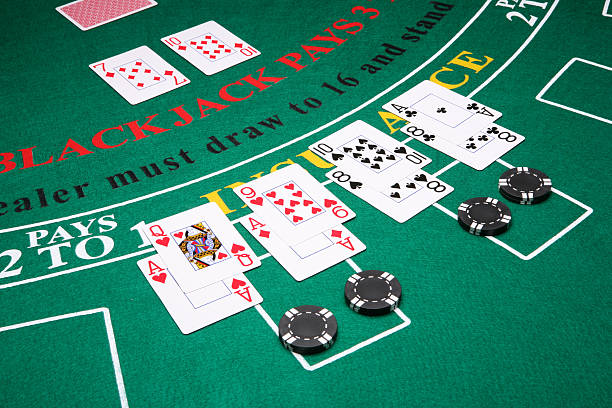 Online blackjack could be just what you’re looking for if you love the excitement of a casino setting and the strategic difficulty of card games. This game is perfect for:
Online blackjack could be just what you’re looking for if you love the excitement of a casino setting and the strategic difficulty of card games. This game is perfect for:
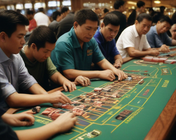 The Philippine Amusement and Gaming Corporation (PAGCOR) is a critical player in regulating gaming in the Philippines. Since its founding in 1976, PAGCOR has served as both a slot gacor regulatory authority and a business. It manages every facet of the gaming sector, including online gambling platforms, sports betting, casinos, and electronic gaming sites.
The Philippine Amusement and Gaming Corporation (PAGCOR) is a critical player in regulating gaming in the Philippines. Since its founding in 1976, PAGCOR has served as both a slot gacor regulatory authority and a business. It manages every facet of the gaming sector, including online gambling platforms, sports betting, casinos, and electronic gaming sites.

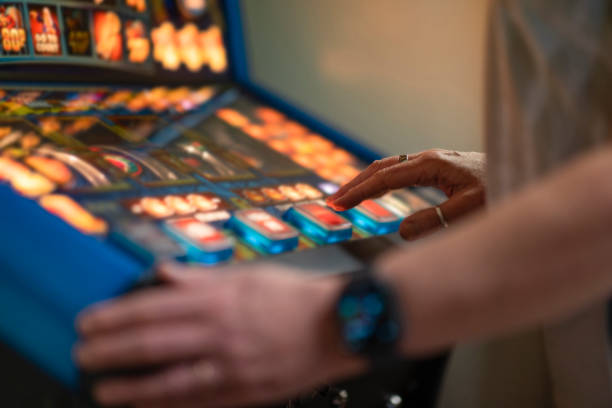






















 Under the Betting Act of 1953, gambling is mostly illegal in Malaysia. But here’s the catch: that law doesn’t mention online gambling at all. It’s old—written way before the internet took over. So, online casinos sit in a gray area. They’re not exactly allowed, but the government doesn’t crack down hard either. Players often turn to slot machines and other games on international sites that offer free credits with no deposit. For Muslims, Sharia law adds another layer, banning gambling outright. Non-Muslims? They’ve got more wiggle room. Meanwhile, the government’s been tossing around ideas to regulate—or even legalize—online gambling. Why? To keep it under control and maybe cash in on some tax revenue.
Under the Betting Act of 1953, gambling is mostly illegal in Malaysia. But here’s the catch: that law doesn’t mention online gambling at all. It’s old—written way before the internet took over. So, online casinos sit in a gray area. They’re not exactly allowed, but the government doesn’t crack down hard either. Players often turn to slot machines and other games on international sites that offer free credits with no deposit. For Muslims, Sharia law adds another layer, banning gambling outright. Non-Muslims? They’ve got more wiggle room. Meanwhile, the government’s been tossing around ideas to regulate—or even legalize—online gambling. Why? To keep it under control and maybe cash in on some tax revenue.



